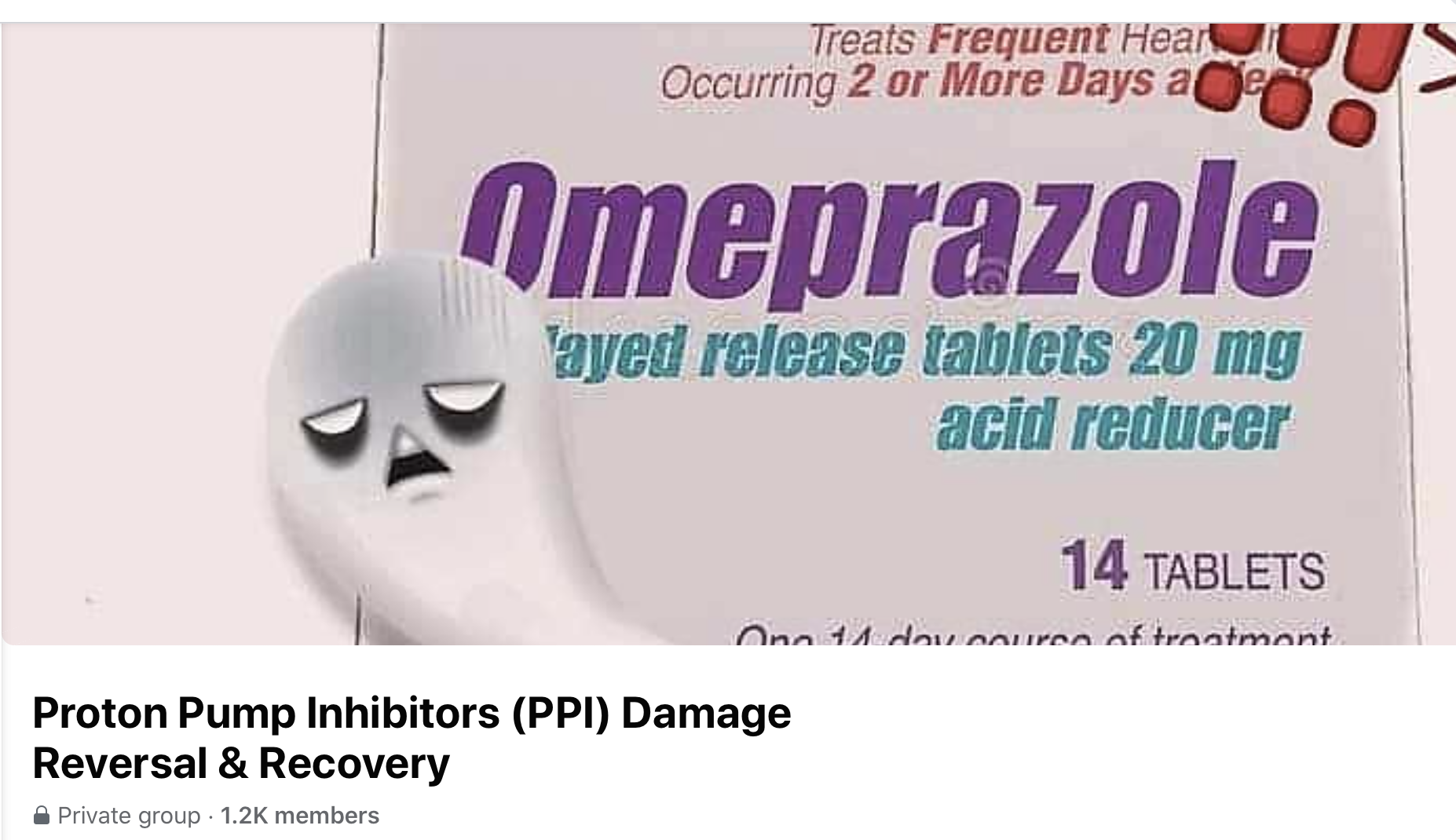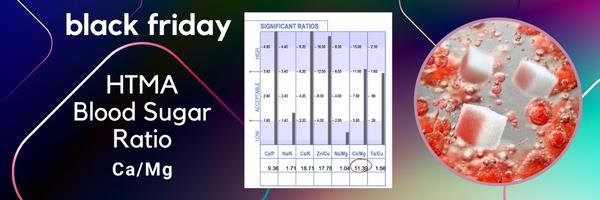Organic Coffee vs Conventional Coffee
Yes there is a difference and lets see why
First off, for coffee to be certified organic, it has to meet stringent criterion ranging from soil quality to pest and weed control and additives. Coffee labeled with the USDA organic seal has followed rigorous organic supply chain management practices and quality standards.
These standards include everything from the health of the soil, the absence of any GMO crops in production, pest/weed management, and environmental impacts/benefits (carbon emission reduction, carbon sequestration).
The USDA organic standards also require strict supply chain and manufacturing controls for roasting and manufacturing.
To compare organic coffee with regular coffee is to examine their origin stories closely—in this case, the farming and growing process.
The coffee beans are the seeds from the cherries of the coffee plant. There are estimated to be 25 to 100 species of coffee plants in the world today.
The best conditions for Coffee plants to grow is in rich soil with mild temperatures, frequent rainfall, and a mix of shade and sun. I'd want to grow there!
Organic coffee plants and regular coffee plants start out precisely the same. However, organic coffee plants aren’t treated with pesticides, additives, or artificial substances during their lifetime. An organic coffee farmer will use natural methods to fertilize the soil, remove weeds, and treat pest problems.
On the other hand, regular coffee plants are grown without these strict standards and are often subjected to pesticide treatments and other harmful chemicals proven to cause groundwater contamination, degradation of plant and animal species, and direct and indirect adverse effects on human health.
Harmful chemicals are found in our bodies, food, homes, and the environment, toxic chemicals are pervasive and linked to myriad health issues, from cancer to hormone disruption. To ensure a healthy future for our children and communities, we must address the sources of these harmful chemicals. As the saying goes, an ounce of prevention is worth a pound of cure.
As a side note, this is why as a Holistic Nutritionist, I do Hair Tissue Mineral Analysis, and Hair Mapping. Both these hair tests tell exactly what is impacting your health. Hair Mapping reveals Toxic Metal Load, EMF's Mold, Fungas and HydroChemicals and also reveals nutrient deficiencies, gut health, circulatory health. The HTMA reveals specific Toxic Metals and Copper Toxicity, the health of your adrenals, thyroid, blood sugar, stress level, mineral deficiencies and much more.
A conventional coffee farmer will start with coffee plant seeds soaked in fungicides, a fertilizer loaded with petroleum and chemicals, and irrigation water treated with pesticides to keep the bugs away. Once the coffee plants have developed, chemical weed removal treatments will be utilized.
While all agricultural production is regulated at some level, who loves the the idea of our morning cup of coffee negatively impacting our planet??
When comparing organic coffee vs. regular coffee, keep in mind that regular coffee is one of the most heavily chemically-treated crops globally. This means that conventional coffee can be potentially dangerous to the farmers who handle the coffee cherries and to us as consumers.
These chemicals also harm the environment (and those living near areas where conventional coffee is farmed), which should be taken very seriously.
Organic coffee is also said to have higher levels of antioxidants. A caffeine boost plus an antioxidant boost, how awesome is that. Anti-oxidant deficiencies are also something the Cell Well Being Hair Mapping reveals.
In a study, "The Antioxidant Content of Coffee and Its In Vitro Activity as an Effect of Its Production Method and Roasting and Brewing Time"
"confirmed that organic coffee presented a different quantity of polyphenol compounds compared to the conventional one. However, other factors, such as roasting and brewing times, appeared to have an important effect on the quality and quantity of bioactive compounds in coffee beverages. It is worth pointing out that many results highlighted the impact of coffee bean roasting rather than that of brewing time or coffee origin."
https://pmc.ncbi.nlm.nih.gov/articles/PMC7222172/
Most of the above information is from shedlightcoffee.com. The coffee I currently sell is Kicking Horse Coffee, a Canadian company from the Rocky Mountains. I currently have 1 reg customer who comes in to buy organic Coffee, I can't drink the whole pot, so I share a bit with my plants in the store, and have had to drink too much iced Coffee, so please join me, if you are a consumer prioritizing health and ecological sustainability!
Since I do the HTMA and the Cell Well Being Hair Mapping, and make recommendations for eating organic, avoiding toxic metals and other contaminants that can be ingested, via conventional foods and drinks, or absorbed through our skin, from toxic personal care products or breathed in, I thought it imperative to also offer the organic alternatives since there is so many many fast food, diner foods, fried foods, heavy carb foods available in our community. They wreak havoc on our bodies, are the cause of inflammation, poor gut health, pour organ health (kidneys, liver, lungs, heart, brain, gallbladder, spleen, appendix, reporductive organs, eyes) precursors to many disease processes, like cancer, Auto-immune diseases, nerve damage, brittle arteries, sterility, diabetes, cardiovascular disease, emphysema, schizophrenia, liver and kidney disease, and this is not an exhaustive list.
Let a Hair Tissue Mineral Analysis or a Cell Well Being Hair Mapping benefit your health and wellness journey! The cost is $350.00 for the HTMA, and the Cell Well Being Hair Mapping is $275.00. If you come in and make a purchase from my Grab-&-Go Gluten-Free or Organic Menu Items, I will give you $25,00 off a HTMA or Cell Well Being Hair Mapping. They both are a great assessment tool and have different advantages, The HTMA is a inch by inch hair cutting and the hair is sent to a lab. This offer expires August 15th 2025.
Or the Cell Well Being is about a 4 strand Hair Plucking and the results are back in 15 minutes. Both provide an aprroximate 30 page report with a detailed nutritional guide.
The information is not intended or implied to be a substitute for professional medical advice, diagnosis or treatment. All content, including text, graphics, images and information, contained within this email is for general information purposes only. You are encouraged to confirm any information obtained in this email with other sources, and review all information regarding any medical condition or treatment with your health practitioner.







